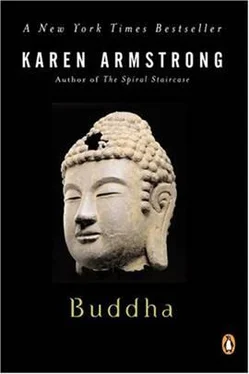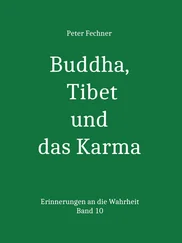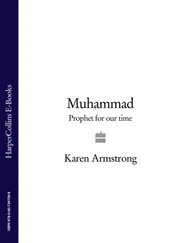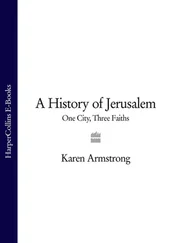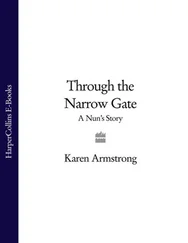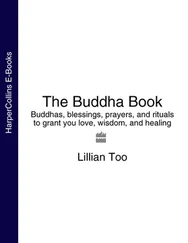[i] the Sutta Vibhanga, which lists the 227 offenses which must be confessed at the fortnightly chapter, with a commentary explaining how each rule came to be made.
[ii] The Khandhakhas, which are subdivided into the Mahavagga (the Great Series), and the Cullavagga (the Lesser Series), which give rules for admission to the Order, the way of life and the ceremonies, also with commentaries, explaining the incidents which gave rise to the rules. These commentaries introducing each rule have preserved important legends about the Buddha.
[iii] The Parivara: summaries and classifications of the rules.
The “Third Basket” ( Abhidhamma Pitaka ) deals with philosophical and doctrinal analyses and has little of interest to the biographer.
After the Second Council, there was a schism in the Buddhist movement, which split up into a number of sects. Each school took these old texts but rearranged them to fit its own teaching. In general, it seems that no material was discarded, even though there were additions and elaborations. Clearly the Pali Canon, the scripture of the Theravada school, was not the only version of the Tipitaka, but it was the only one to survive in its entirety. Yet fragments of some lost Indian material can be found in later translations of the scriptures into Chinese, or in the Tibetan scriptures, which give us our earliest collection of Sanskrit texts. So even though these translations were composed in the fifth and sixth centuries c.e., about a thousand years after the Buddha’s death, some parts are as old as and corroborate the Pali Canon.
From this brief account, several points emerge that will affect the way we approach this scriptural material. First, the texts purport to be. simple collections of the Buddha’s own words, with no authorial input from the monks. This mode of oral transmission precludes individualistic authorship; these scriptures are not the work of a Buddhist equivalent of the evangelists known as Matthew, Mark, Luke and John, each of whom gives his own idiosyncratic view of the Gospel. We know nothing about the monks who compiled and edited all these texts, nor about the scribes who later committed them to writing. Second, the Pali Canon is bound to reflect the viewpoint of the Theravadin school, and may have slanted the originals for polemical purposes. Third, despite the excellence of the monks’ yoga-trained memories, this mode of transmission was inevitably flawed. Much material was probably lost, some was misunderstood, and the monks’ later views were doubtless projected onto the Buddha. We have no means of distinguishing which of these stories and sermons are authentic and which are invented. The scriptures do not provide us with information that will satisfy the criteria of modern scientific history. They can only claim to reflect a legend about Gotama that existed some three generations after his death, when the Pali Canon took definitive form. The later Tibetan and Chinese scriptures certainly contain ancient material, but they also represent a still later development of the legend. There is also the sobering fact that the oldest Pali manuscript to have survived is only about 500 years old.
But we need not despair. The texts do contain historical material which seems to be reliable. We learn a great deal about North India in the fifth century b.c.e., which agrees with the scriptures of the Jains, who were contemporary with Buddha. The texts contain accurate references to the religion of the Vedas, about which the Buddhists who composed the later scriptures and the commentaries were largely ignorant; we learn about historical personages, such as King Bimbisara of Magadha, about the emergence of city life, and about the political, economic and religious institutions of the period which agrees with the discoveries made by archeologists, philologists and historians. Scholars are now confident that some of this scriptural material probably does go back to the very earliest Buddhism. Today it is also difficult to accept the nineteenth-century view that the Buddha was simply an invention of the Buddhists. This mass of teachings all has a consistency and a coherence that point to a single original intelligence, and it is hard to see them as a corporate creation. It is not at all impossible that some of these words were really uttered by Siddhatta Gotama, even though we cannot be certain which they are.
Another crucial fact emerges from this description of the Pali Canon: it contains no continuous narrative of the Buddha’s life. Anecdotes are interspersed with the teaching and simply introduce a doctrine or a rule. Sometimes in his sermons, the Buddha tells his monks about his early life or his enlightenment. But there is nothing like the developed chronological accounts of the lives of Moses or Jesus in the Jewish and Christian scriptures. Later, Buddhists did write extended, consecutive biographies. We have the Tibetan Lalita-Vistara (third century c.e.) and the Pali Nidana Katha (fifth century c.e.), which takes the form of a commentary on the Jataka stories. The Pali Commentaries on the Canon, put into their final form by the Theravadin scholar Buddhaghosa in the fifth century c.e., also helped readers to place the sporadic and unconsecutive events recounted in the Canon in some chronological order. But even these extended narratives have lacunae, They contain almost no details about the forty-five years of the Buddha’s teaching mission, after his enlightenment. The Lalita-Vistara ends with the Buddha’s first sermon, and the Nidana Katha concludes with the foundation of the first Buddhist settlement in Savatthi, the capital of Kosala, at the outset of his preaching career. There are twenty years of the Buddha’s mission about which we have no information at all.
All this would seem to indicate that those Buddhists who claim that the story of the historical Gotama is irrelevant are right. It is also true that the people of North India were not interested in history in our sense: they were more concerned about the meaning of historical events. As a result, the scriptures give little information about matters that most modern Western people would consider indispensable. We cannot even be certain what century the Buddha lived in. He was traditionally thought to have died in about 483 b.c.e., but Chinese sources would suggest that he could have died as late as 368 b.c.e. Why should anybody bother with the biography of Gotama, if the Buddhists themselves were so unconcerned about his life?
But this is not quite true. Scholars now believe that the later extended biographies were based on an early account of Gotama’s life, composed at the time of the Second Council, which has been lost. Further, the scriptures show that the first Buddhists thought deeply about several crucial moments in Gotama’s biography: his birth, his renunciation of normal domestic life, his enlightenment, the start of his teaching career, and his death. These were incidents of great importance. We may be in the dark about some aspects of Gotama’s biography, but we can be confident that the general outline delineated by these key events must be correct. The Buddha always insisted that his teaching was based entirely on his own experience. He had not studied other people’s views or developed an abstract theory. He had drawn his conclusions from his own life history. He taught his disciples that if they wanted to achieve enlightenment, they must abandon their homes, become mendicant monks, and practice the mental disciplines of yoga, as he had done. His life and teaching were inextricably combined. His was an essentially autobiographical philosophy, and the main contours of his life were described in the scriptures and commentaries as a model and an inspiration to other Buddhists. As he put it: “He who sees me, sees the dhamma (the teaching), and he who sees the dhamma sees me.”
Читать дальше
